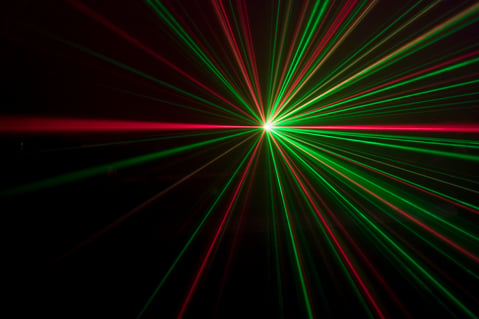Are you one of the many unlucky folks with vision that is, let's say, not exactly perfect? And maybe you're sick of the constant need for glasses or contacts? Well, there's a surgery for that. Actually, there are a couple.
You've heard of LASIK surgery. But is it as magical as it sounds? How does it work? What are the risks? Is there an alternative procedure? We're covering all that and more. But first, let's start with the basics.

Refractive surgery is when a surgeon reshapes the cornea, the clear front part of the front of your eye, in order to change the way you see. The two most common such surgeries performed today are PRK and LASIK. Each involves a laser and will either flatten or steepen your cornea. So what's the difference?
In a PRK surgery, your cornea is reshaped with a laser so that you can see better. If you're nearsighted, your cornea is too steep, so the laser flattens it. Alternatively, if you're farsighted the laser will steepen the cornea. If you have an astigmatism, this surgery can account for that as well.
The PRK procedure results in a rather large abrasion on the eye that can take up to a month to heal. PRK is almost like the original, older version of LASIK, which has overshadowed it in recent years. Pros of PRK is that it can be done on thinner corneas and doesn't require a flap to be made as in LASIK, which can lead to complications.
During LASIK surgery, the surgeon makes a flap on the cornea's surface. The flap is lifted and folded over and the laser is used to reshape the cornea, steepening or flattening it according to your vision, as in PRK. Adjustments are also made for astigmatisms. LASIK, the newer version of refractive surgery, has advantages over PRK: more comfort and faster optimal vision (less recovery time).
When it comes to deciding between LASIK and PRK, it may not be entirely up to you. Your surgeon will do several pretests to determine what will suit you best. Specifically, he or she will examine the size of your pupils, especially at night, to make sure they are not larger than the area of the cornea being corrected. If they are and this goes undetected, you could suffer from severe night vision problems. The doctor will also look at the moisture of your eye to gauge your risk for dry eye after the procedure, and the curvature and steepness of your cornea as well.


